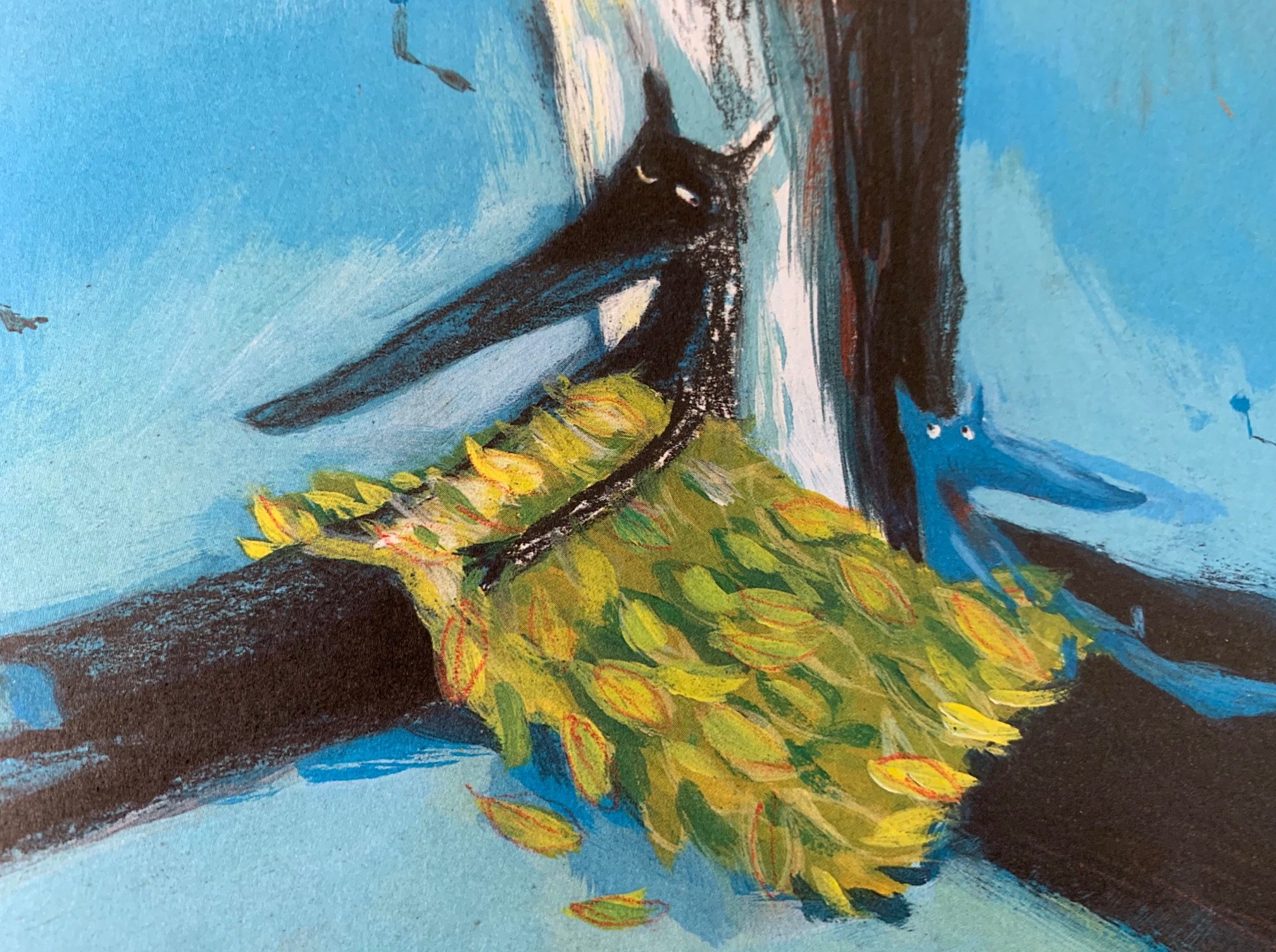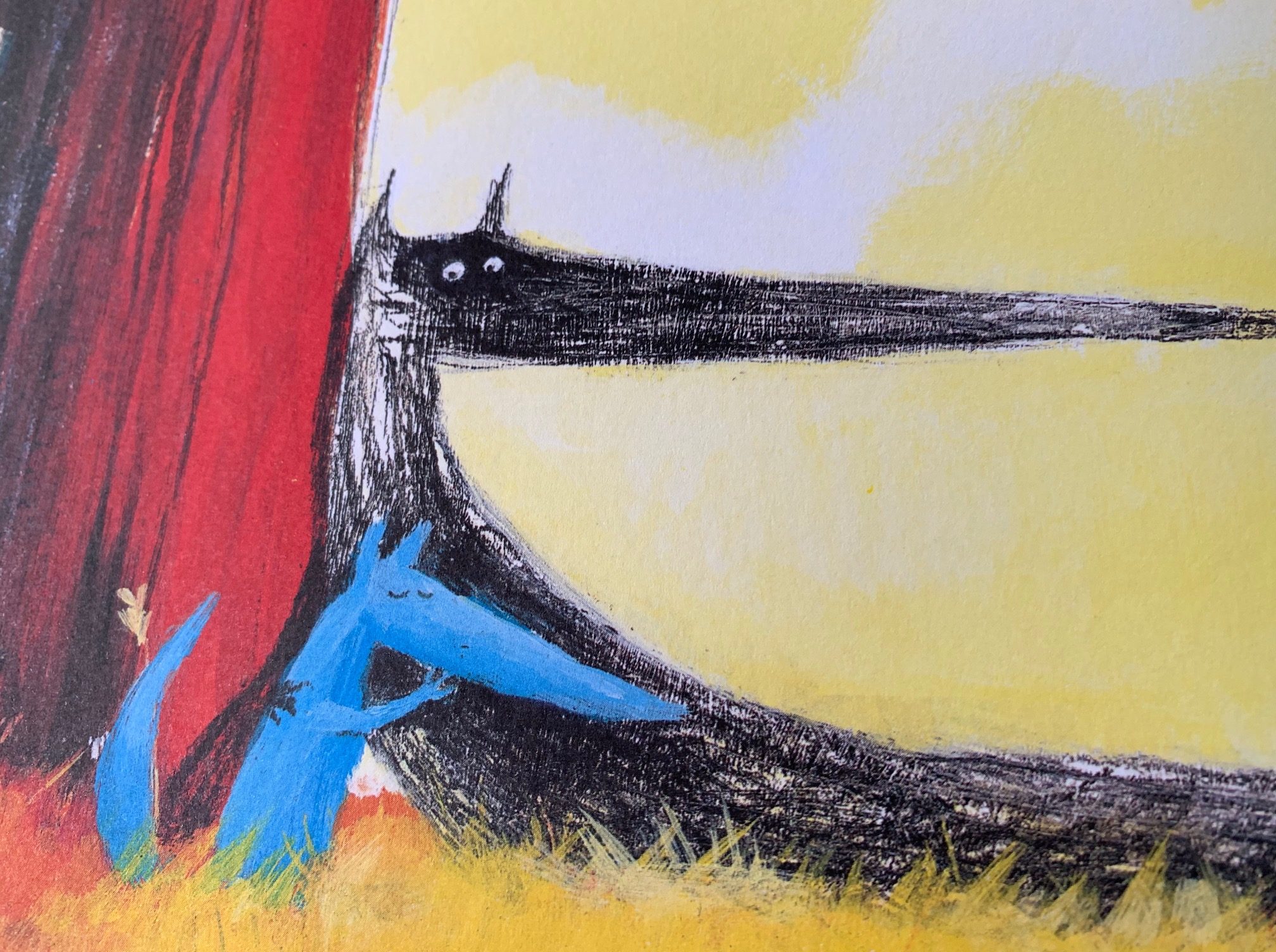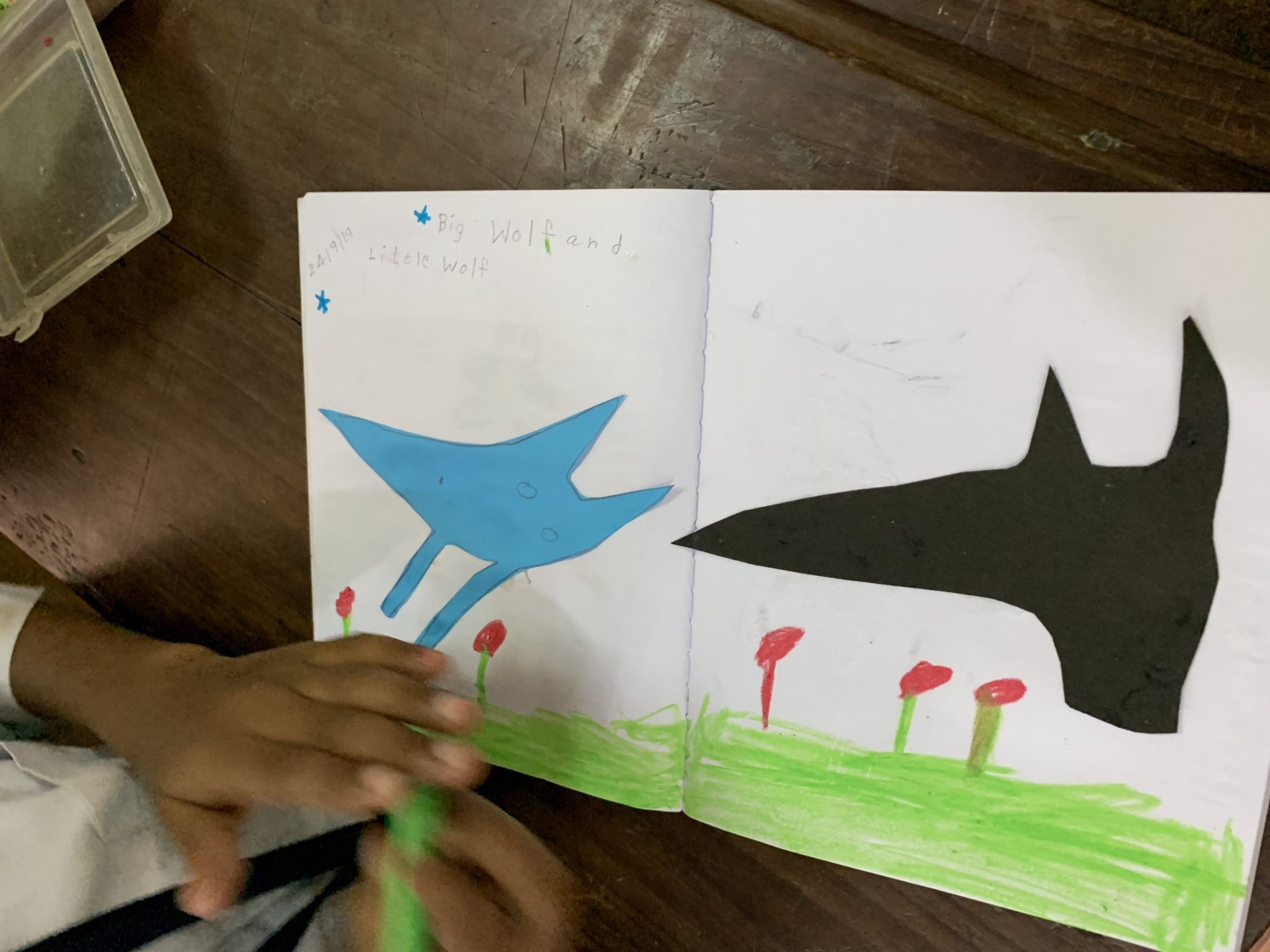At Bookworm our vision in practice is to take stories to children in diverse contexts to engender what Pat Mora calls ‘bookjoy’.
It is close to fifteen years of this work on the ground and it surprised me to realise I felt trapped by a web of our own making. After weeks of deliberation by the team at Bookworm, a selection of texts made the short list for a fortnight of Read alouds. This selection was compounded by an objective of meeting a thematic goal around ‘relationships’ picked up by the team on their own. The web was cast. I landed into this web by being part of the jury at Bookworm that qualified books for Read aloud. I am aware that we use some of the following dimensions to form our selection lens;
- The quality of the story
- Treatment of the theme
- Illustrations
- Mood/ tone and after effects of the story
- Relationship of the reader to text ( the storyteller/ reader)
These are critical in our selection and so they dominated our choices.
I could have eased out of the web if sticky substances did not prevail. It came to pass that I had to sub for another team member. Quite a joyous experience because I sail (like a tugboat) into the classroom, have loads of fun with the children, keep my story reading/ telling/ engagement skills alive and get insight into where our work presently rests.
This week, the selection was Big Wolf Little Wolf by Nadine Brun-Cosme. Illustrated by Olivier Tallec and published by this definitive house called Enchanted Lion. It was of great pride ( the kind that comes before a fall ) that I preened over the team as this book was shortlisted. Vandana a growing reader in our group, spoke eloquently about how this story moved her and her son, she shared how the story speaks so powerfully about relationships and such and must be included. The larger team agreed and the text moved along the Bookworm conveyor belt of preparation, discussion, sharing and was in the line – up.
It was of great pride ( the kind that comes before a fall ) that I preened over the team as this book was shortlisted. Vandana a growing reader in our group, spoke eloquently about how this story moved her and her son, she shared how the story speaks so powerfully about relationships and such and must be included. The larger team agreed and the text moved along the Bookworm conveyor belt of preparation, discussion, sharing and was in the line – up.
When it happened that I had to do this story, I began to think about my approach and found I was trapped. The web tightened. In focusing only on the text and the objective, we had failed to think about the children. As I pored over this most beautiful story, I draw on the words of Maria Popova from BrainPickings, “With great subtlety and sensitivity, the story invites a meditation on loneliness, the meaning of solidarity, the relationship between the ego and the capacity for love, and the little tendrils of care that become the armature of friendship.”
What were the children ready for? What is the present backdrop against which I begin this story? How will they receive this story in terms of language and in terms of length of the text? A Read – aloud rests on the foundation of a voiced text. This means the text is read as is, and listeners listen. But the children, had we considered them? In our pursuit of a good book, a thematic selection, we left out the audience.
I scrambled, not an easy task when trapped by constraints of time ( each Read aloud can stretch to about 30 minutes, no longer), number of children ( this was a multi-grade classroom in a Government Primary School) and language ( a text in English, the MoI in school is Marathi, the children multilingual with a weak link to Hindi) . One approach to getting out of a sticky situation is to go inward, to draw on what one knows for sure.
In our LiS program, supported by the Cipla Foundation, we Read aloud in English in primary schools in Goa, knowing that from Class 5, almost all children move to an English MoI (Medium of Instruction). But at the core of our program is the intention to foster a relationship with stories. So ‘Big Wolf Little Wolf’ met our core objective beautifully, the transaction was up to me and I was struggling.
We know that outside of school, students and communities are engaged with multiple forms of literacies (Gee, 1996; Street, 2003), involving different languages. We know that most children in the Government system in Goa are considered ‘outsiders’ because they are newly migrated into the State. Empirical research in applied linguistics and language education on the use of more than one language as a medium of instruction in schools has been carried out since the 1920s. There is considerable consensus in these studies that the development of literacy in two or more languages provides linguistic, cognitive, and social advantages for bilingual/multilingual students. However, we repeatedly encounter educators who still consider home languages an obstacle to the acquisition of English or the official MoI making us feel we must read aloud only in English to honour the language intention of our library class. We trapped ourselves because in getting caught in the dominant narrative we almost forgot our deeper intention which is to spread ‘bookjoy’.
I felt I must draw on what I know to have a good library class. I brought to mind my understanding of the funds of knowledge (González et al., 2005) argument and multiliteracy theories ( Gee, 2008; Alexander, 2008; Leander and Boldt, 2012) which focus on multimodality and depend upon multiple modes of meaning making , many situated in the home culture of the children and their everyday experiences to share the story.
So I used multiple languages in the classroom, drawings and visuals on the blackboard, actions of all kinds, voice modulation, objects to clarify conceptual understanding of big and little, colour identification and naming to help us keep track of the central characters, talk around being alone and together from our family and everyday experiences and lastly cast my magic spell of opening a book and reading aloud while bridging the English with other languages of the classroom.
What I learnt is the stuff of stargazing. I learnt that if we trust children to rise to ideas, despite so many assumed obstacles around language and literacy and socio-economic conditions and the absence of privilege, stories are for all. They loved Big Wolf and Little Wolf, not because I was a knowing teacher but because the illustrations and the plot line are so kindred to our human experience that it was easy to comprehend.
All of us are afraid of the ‘other’ so when we read that Big Wolf was worried about the new arrival, It was a feeling each of us have experienced from both perspectives. The Big Wolf and the Little Wolf’s. This breaking new ground, entering into new territory, making sense of the unfamiliar.
It was a feeling each of us have experienced from both perspectives. The Big Wolf and the Little Wolf’s. This breaking new ground, entering into new territory, making sense of the unfamiliar.
When Little Wolf stayed quiet and watched, these children most of all know how to ‘be’ in our dominating world. They spend a lot of time watching and making sense, gauging if they are welcome or not. All of the children could read the sign of Big Wolf’s attempt to share his blanket on a cold night and they felt that a friendship has formed. So the twist in the plot – set everyone back. Why did Big Wolf go for a walk (the reasons were many!) and why did Little Wolf disappear (we could not think of too many) but we all understood what Big Wolf was feeling. Through out the classroom, our shoulders slumped, our heart beats slowed down and our eyes grew sad. So when in the distance we peer really hard to spot a blue figure – tiny but present a deep sigh of relief pervaded us. ‘aaya , wapas aya’ ( he has come!) was heard.
So the twist in the plot – set everyone back. Why did Big Wolf go for a walk (the reasons were many!) and why did Little Wolf disappear (we could not think of too many) but we all understood what Big Wolf was feeling. Through out the classroom, our shoulders slumped, our heart beats slowed down and our eyes grew sad. So when in the distance we peer really hard to spot a blue figure – tiny but present a deep sigh of relief pervaded us. ‘aaya , wapas aya’ ( he has come!) was heard.
Just like Big Wolf all our hearts beat with joy. In that moment, some children stood up to cheer because this is the ending we wanted for both Big Wolf and Little Wolf. This is the ending we want for each of us now and forever. To be mindful that if we other, we could trap ourselves into being alone. 
References
Alexander, B. (2008). Web 2.0 and emergent multiliteracies. Theory Pract. 47, 150–160. doi: 10.1080/00405840801992371
Brun-Cosme, Nadine ( author) , Tallec, Olivier ( Illustrator) Big Wolf Little Wolf , Enchanted Lion , 2009
González, N., Moll, L., and Amanti, C. (2005). Funds of Knowledge: Theorizing Practices in Households, Communities and Classrooms. Mahwah, NJ: Erlbaum.
Gee, J. P. (2008). “Chapter 8, Discourses and literacies and Chapter 9, Language, individuals and discourses,” in Social Linguistics and Literacies: Ideology in Discourses, 3rd Edn (London: Routlege), 256.
Leander, K., and Boldt, G. (2012). Rereading “A pedagogy of multiliteracies”: bodies, texts and emergence. J. Lit. Res. 45, 22–46.
Popova, Maria. at https://www.brainpickings.org/2017/10/12/big-wolf-little-wolf/?mc_cid=98c42fda24&mc_eid=f8e9b9a6e7
Street, B. V. (2003). “What’ s ‘new’ in New Literacy Studies?” Critical approaches to literacy in theory and practice. Curr. Issues Comp. Edu. 5, 77–91.


